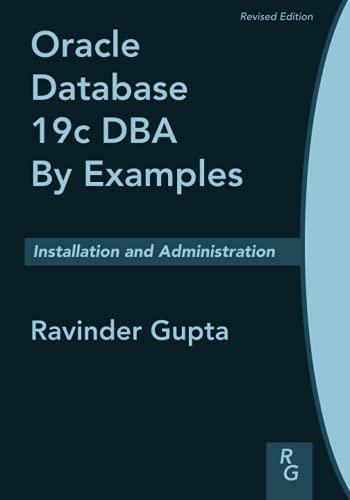Need help with a few questions dealing with Synchronous transaction processing and Asynchronous transaction processing. 

Background Information: A transaction consists of two components, a request component and a response component. The request component (or message) is generated by the client and transmitted to the server. The corresponding response component (or message) is generated by the server and transmitted to the client With respect to the scheduling and timing of the transmission of these two transaction components (request and response): Asynchronous transaction processing allows for multiple request messages to be transmitted before the first response message is received. Furthermore, the response messages may arrive in a sequence different from the associated request message transmission sequence. Synchronous transaction processing requires a response to the immediately preceding request message before a subsequent request message may be transmitted Please note, the terms asynchronous" and "synchronous" as used above are with respect to two modes of transaction processing. This is not to be confused with asynchronous and synchronous transmission methods. Asynchronous and synchronous transmission methods are well defined on pages 130-133 of your textbook and are a completely different concept from asynchronous and synchronous transaction processing. When a client is performing in an asynchronous transaction processing mode, a request message is said to be pending until its corresponding response message is received and matched to the pending request message. There is usually a pre-configured maximum amount of time a client's request message may live in a pended state. Once a pending request message has exhausted its time to live value, then the client must take some kind of a stand-in action and perform a pre-defined technical difficulties response to the pending request. Background Information: A transaction consists of two components, a request component and a response component. The request component (or message) is generated by the client and transmitted to the server. The corresponding response component (or message) is generated by the server and transmitted to the client With respect to the scheduling and timing of the transmission of these two transaction components (request and response): Asynchronous transaction processing allows for multiple request messages to be transmitted before the first response message is received. Furthermore, the response messages may arrive in a sequence different from the associated request message transmission sequence. Synchronous transaction processing requires a response to the immediately preceding request message before a subsequent request message may be transmitted Please note, the terms asynchronous" and "synchronous" as used above are with respect to two modes of transaction processing. This is not to be confused with asynchronous and synchronous transmission methods. Asynchronous and synchronous transmission methods are well defined on pages 130-133 of your textbook and are a completely different concept from asynchronous and synchronous transaction processing. When a client is performing in an asynchronous transaction processing mode, a request message is said to be pending until its corresponding response message is received and matched to the pending request message. There is usually a pre-configured maximum amount of time a client's request message may live in a pended state. Once a pending request message has exhausted its time to live value, then the client must take some kind of a stand-in action and perform a pre-defined technical difficulties response to the pending request








